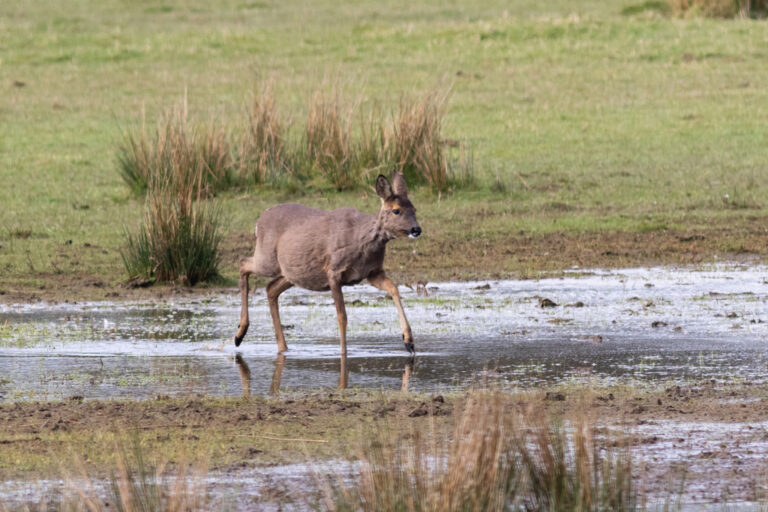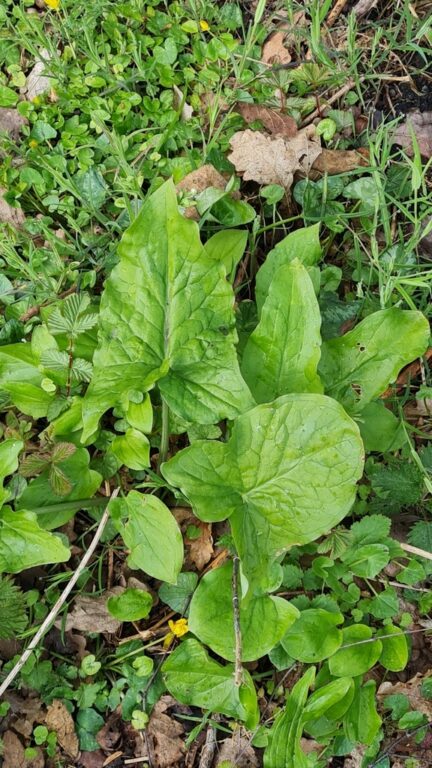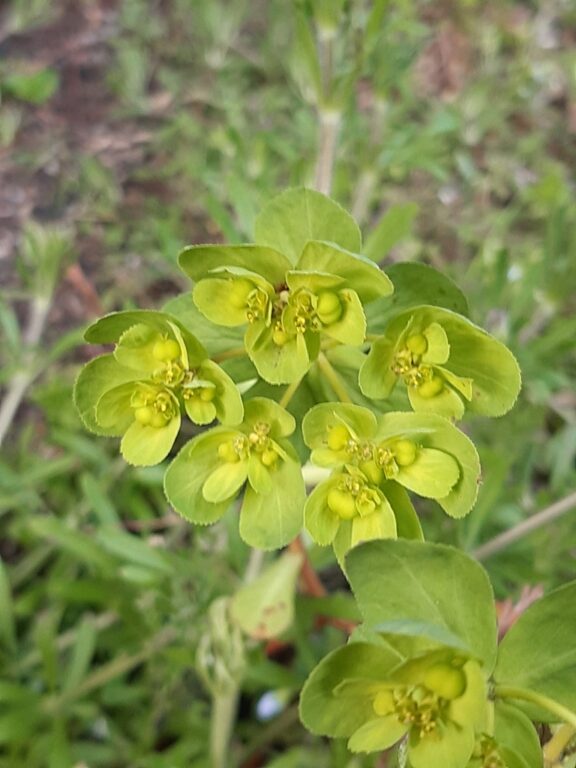Take a look back at the results of the 2021 City Nature Challenge in a new blog from Fiona Greenwold at ERIC North East
The City Nature Challenge (CNC) is a relatively new, worldwide, citizen science wildlife recording event that runs over 4 days at the end of April. It originated in 2016 as an 8-day competition between Los Angeles and San Fransisco to see who could find and document the most wildlife during that period. In 2017 it became a national event across the whole of the United States and in 2018 it became international. Support for this event has steadily grown since then, and this year 419 cities took part across 44 countries.
Due to the pandemic last year and this year, the focus moved from being a competitive event to being a giant collaboration with an emphasis on exploring the immediate local environment, rather than making special expeditions to search further afield.
Observations and records are made on the iNaturalist recording app. This app has some great features, especially for beginners and technophobes who may not be used to online wildlife recording, or who may not be able to name many species. Once a photograph has been uploaded, the app suggests possible identifications of the organism. Along with that feature, photographs are available for the whole iNaturalist community to view and many experts work through the observations suggesting identifications or confirming identification. The data collected eventually flows through to support conservation efforts here in the UK and further work is currently underway to make the data even more useful and accessible.

The Environmental Records Information Centre North East (ERIC NE) has coordinated our region’s participation in this event for the last 3 years. With regards to the term “City” in the title, City Nature Challenge, it is a very loose definition and our “City” is the whole area of ERIC NE’s remit, from the Scottish border, down the Cumbrian border to the border with North Yorkshire.
During the 4 days of recording this year, we had 90 participants who made 2168 observations of 648 species.
From the map, you can see we had pretty good coverage of our area but there were still gaps. Perhaps you could help out next year and we could improve the coverage even further?
Records were made right up on the Scottish border in the north and along the North Yorkshire border to the south. Over to the west, right on the Cumbrian border, we had strong participation and we had much more coastal representation this year all down the east coast. We were delighted to get photos and records from a dive beneath the waves of the sea from one participant! In case you didn’t know, the border for our region extends 10km out into the North Sea, so, thinking ahead…does anybody know any boat-going sea fishermen who could help us out next year? Or more scuba divers?
Records representing all the main groups of organisms were made, apart from reptiles, which is hardly surprising given the cold weather. Plants were the most widely recorded group and the species that got the most records overall, was Lesser Celandine.
It was nice to get several sound records of various birds singing. Being able to record bird song and other sounds is another great feature of the iNaturalist app.
Fungi gained some records and one of the most interesting was the Beech Woodwart, Hypoxylon fragiforme. The fragiforme part of the name refers to the fruiting bodies. They are considered to resemble strawberries, the scientific name of which is Fragraria.
Invertebrates seemed few and far between for the time of year. Again, this was probably due to the cold weather we were experiencing. Quite a few slugs and snails were recorded and one participant even did some river sampling and spotted a mayfly larva! Marine invertebrates featured included an Octopus, Starfish and Sea Slugs!

Mammals and amphibians were observed or at least signs of their presence. Feather, fur, poo and other signs can still count as a record as they provide evidence of the presence of a particular species.
There are plenty of photos to look at and I would urge you to have a browse around the results to see some of the wonderful wildlife in our area.
Have a look too at the results from around the globe. It’s wonderful to consider that we were part of a world-wide effort to explore, spot and record the amazing wildlife to be found around the world.
If you missed participating in the CNC this year, then block out your diary for the end of April/beginning of May next year and we’ll see you there!
To explore North East England’s results, have a look here: https://www.inaturalist.org/…/city-nature-challenge…
To explore the results for the whole world, follow this link: https://www.inaturalist.org/…/city-nature-challenge-2021
Just some of your City Nature Challenge observations

Roe Deer © Iain Robson 
Cuckoo Pint © Vivien Kent 
Octopus © Lazza 
Cormorant © Tim Cameron 
Sun Spurge © Charlotte Rankin 
Tapered Drone-fly © bethany_h2